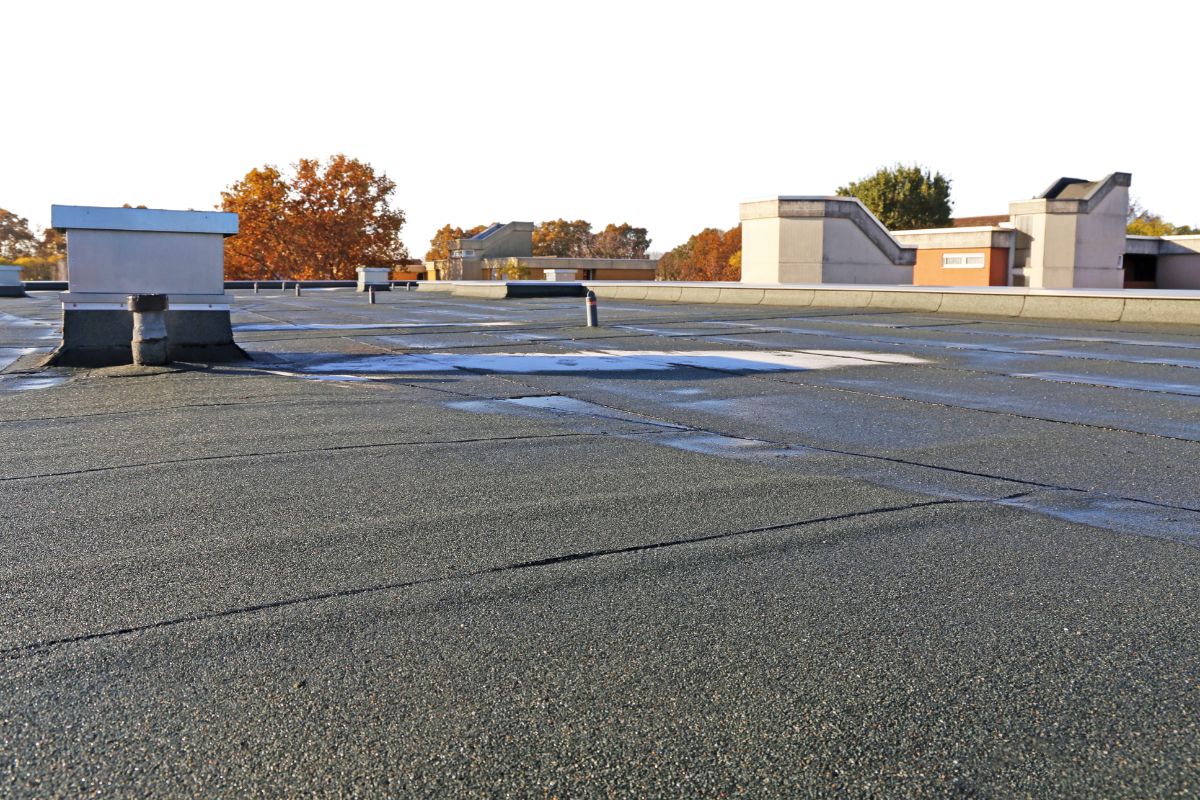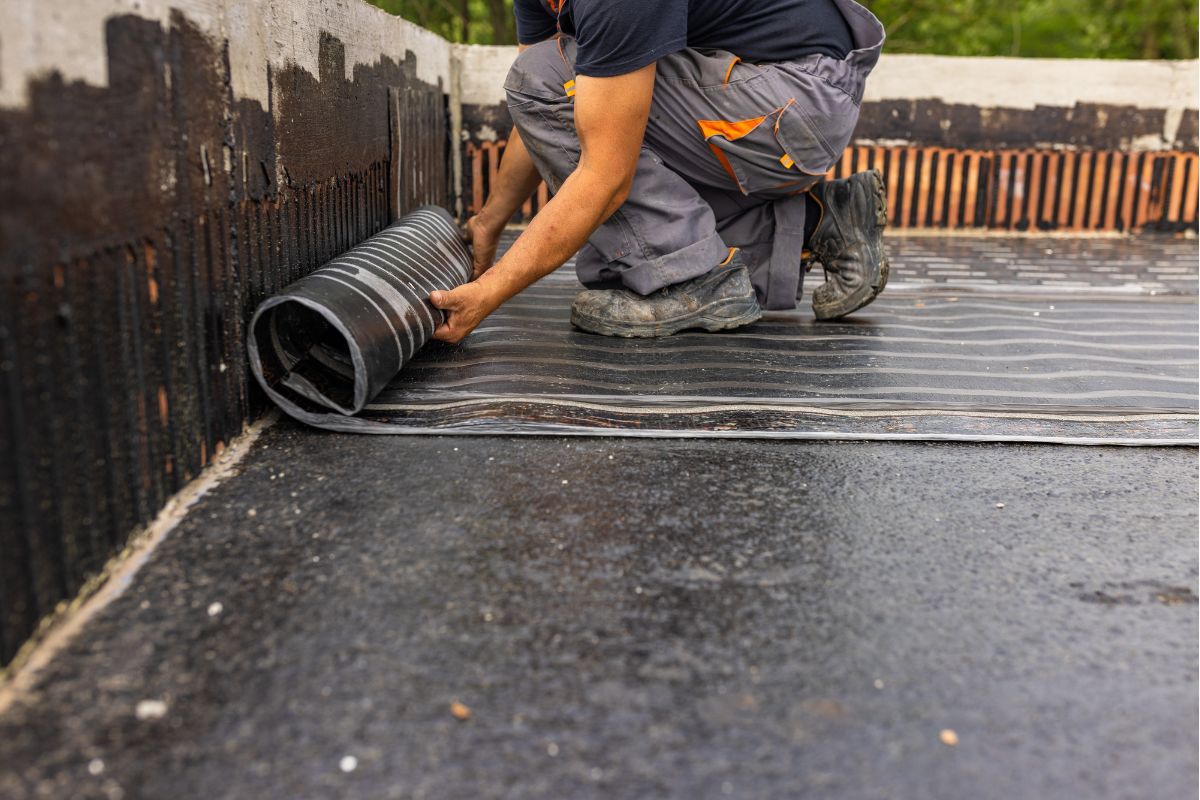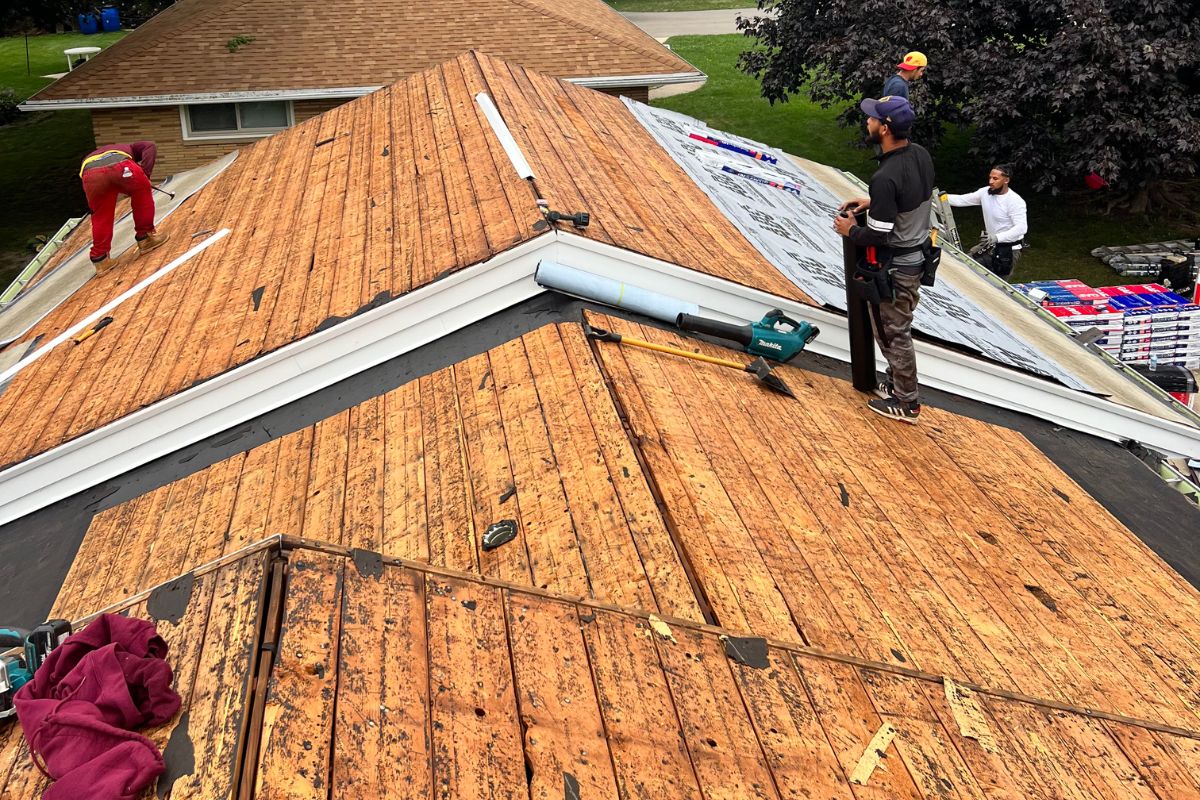Most people don’t think about their roof until there’s a problem. That’s normal. But it doesn’t change the fact that knowing the average lifespan of your roof matters. If you wait too long, it’ll cost you a lot more than just new shingles.
Different roofing materials wear out at different rates. That’s obvious. But what most people don’t realize is that a roof’s actual life depends on way more than the material. Things like ventilation, weather, installation quality, and even the pitch of the roof can either buy you years or take years away.
Average Life of Asphalt Shingle Roof
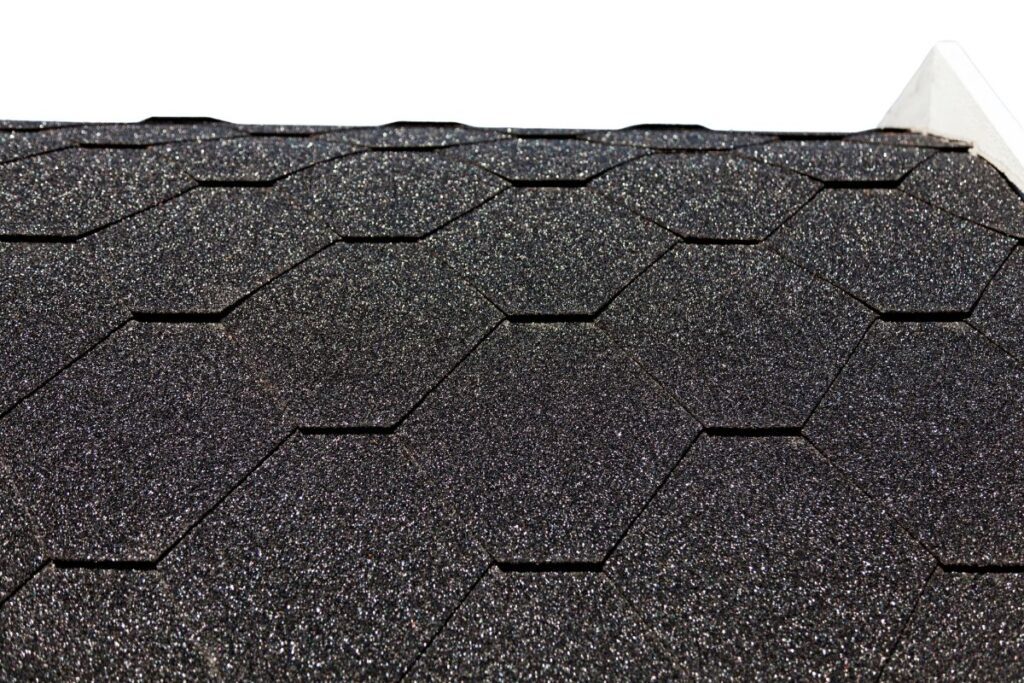
15 to 25 years. Sometimes more, sometimes less.
Asphalt shingles are what most homes have around here. They’re common because they’re affordable and fairly quick to install. But that doesn’t mean they’re all the same.
- 3-tab shingles: These are on the low end. Usually 15 to 20 years max if installed halfway decent.
- Architectural shingles: better quality, better wind resistance. These can get you closer to 25 or 30 years if everything else is done right.
Things that shorten life:
- Poor attic ventilation (this is a big one, bakes the shingles from the underside)
- Hail and storm damage (hail damage roof repair)
- Cheap install work. I’ve seen whole roofs redone in a day with zero attention to flashing or underlayment. That kind of job won’t last.
To make it last:
Keep your gutters clear. Make sure the attic breathes. Watch out for curling shingles, missing tabs, and granules piling in your gutters. Those are early warning signs.
And don’t assume “It looks fine” means anything. Some roofs look fine from the ground and are leaking under the surface. (How to check for roof leaks)
Average Life of Cedar Shake Roof
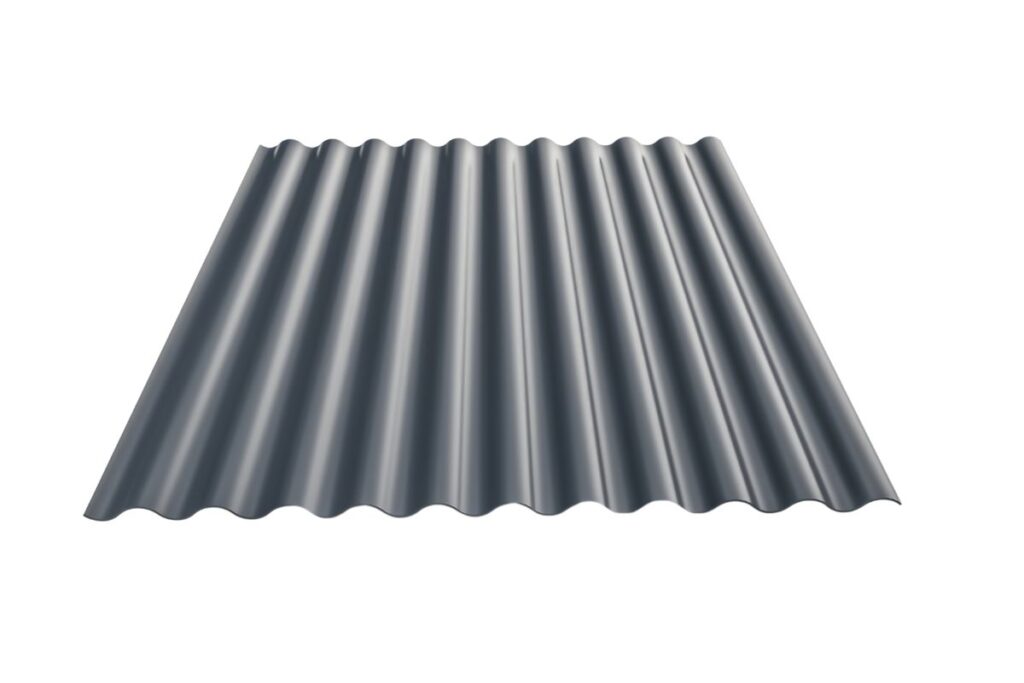
25 to 35 years. Depends on how much you maintain it.
Cedar shake is a premium product. It looks good and insulates well. But it’s wood, so it needs care. If you let it rot, or sit under moss, or never clean it, it’s not going to last long. I’ve seen cedar roofs rot out in 15 years because no one touched them after installation.
Common mistakes:
- No ventilation
- Never cleaning it
- Trees hanging over the roof are trapping moisture
- Cheap untreated shakes installed with nails that rust out
How to get the full life out of it:
- Clean it every few years. No moss, no leaves.
- Apply a proper wood preservative when needed.
- Make sure it was installed to breathe. That means spacing between shakes and airflow underneath.
If you’re not willing to maintain it, don’t get cedar. It’s not a set-it-and-forget-it material.
Average Life of a Metal Roof
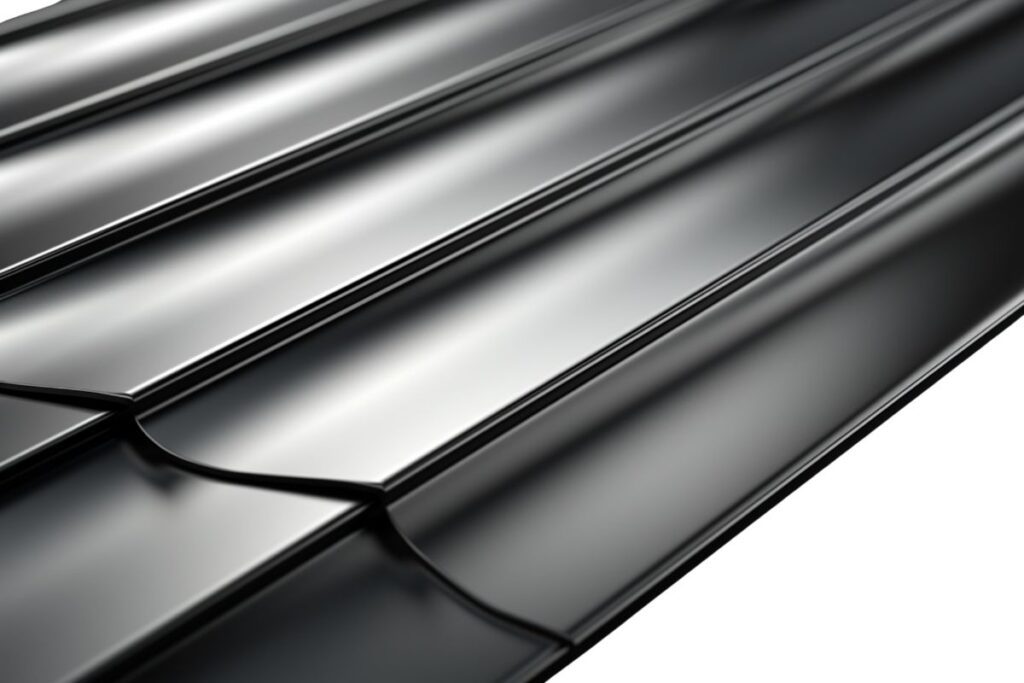
40 to 70 years if done right.
Metal roofing lasts a long time, but only if the installation was done with care. And I mean actual attention to detail, not a couple guys with a screw gun going “good enough.”
Types matter:
Standing seam (hidden fasteners): best durability and longest life
Corrugated with exposed fasteners: cheaper and faster, but shorter life and more chances for leaks over time
What can go wrong:
- Screws backing out
- Panels shifting due to thermal expansion (especially if the wrong clips are used)
- Paint fading or flaking after a couple of decades. This doesn’t mean it’s failing, but it looks bad
Keep it going:
- Check fasteners every so often
- Clean off branches, leaves, and junk that traps moisture
- Look at seams, ridge caps, and valleys every few years (Learn residential roof inspection)
Metal holds up well to snow and ice if it’s installed to handle expansion and contraction. In Wisconsin, that’s critical.
Average Lifespan of a Tile Roof
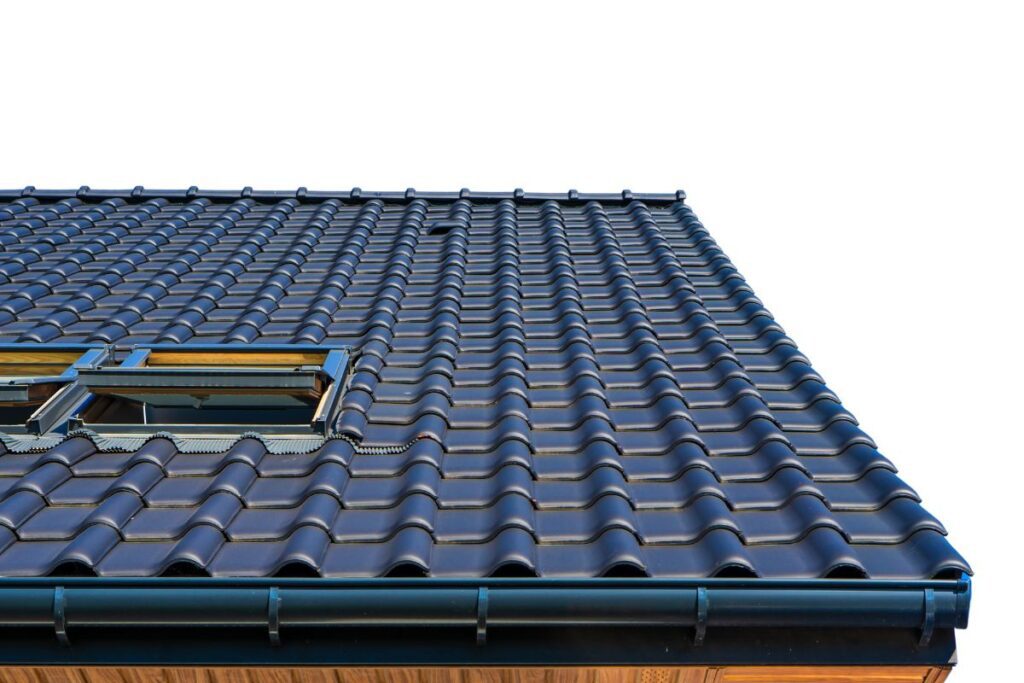
50 to 100 years. But the underlayment won’t last that long.
Tile is durable. Clay tile, especially, can last nearly a century. But most people don’t realize the tiles themselves are only one part of the system. The waterproofing, the underlayment, is what protects your home. That part usually needs to be replaced after 30 to 40 years, depending on the climate and material.
Things to know:
- The tile is heavy. Not every home can handle it without framing upgrades.
- It sheds water. It’s not waterproof by itself. The layers underneath matter.
- Snow adds weight. Big factor in Wisconsin.
Common problems:
- Tiles crack from impact (branches, ladders, etc.)
- Underlayment wears out and leaks, even if the tiles look fine
- Flashing failure around chimneys and penetrations
If you own a tile roof and it’s over 30 years old, get the underlayment checked even if it’s not leaking yet. Once water starts getting in, repairs get expensive fast.
Why Roof Life Matters (And What Happens If You Ignore It)
People delay roof work because it’s expensive. That’s understandable. But if you wait until water is actively coming in, it becomes way more expensive. You’re not just replacing shingles. You’re dealing with:
- Rotted roof decking
- Mold in insulation
- Drywall and ceiling damage
- Damaged framing
- Possibly full structural repairs (Know the 5 signs you need a new roof)
Also, home insurance won’t always cover damage if they determine the roof was past its useful life and should’ve been replaced. That’s a rough surprise most people don’t see coming.
Keeping track of your roof’s age and condition lets you plan before it becomes an emergency. You’ll save thousands by being proactive.
Summary (Straight Up)
- Asphalt shingles: 15 to 25 years
- Cedar shake: 25 to 35 years (with maintenance)
- Metal: 40 to 70 years
- Tile: 50 to 100 years (underlayment lasts 30 to 40 years)
Every roof material has pros and cons. None of them lasts forever. But with good installation, basic maintenance, and knowing when to inspect or replace, you can avoid the worst-case scenarios.
If you’re sitting there wondering how old your roof is or whether it’s time to replace it, don’t guess. Get it looked at. That’s not a sales pitch. That’s the advice I’d give my own family. Contact us to get more info or visit our office. Get direction.
Nicholas
Owner, Northern Generations Roofing & Remodeling
